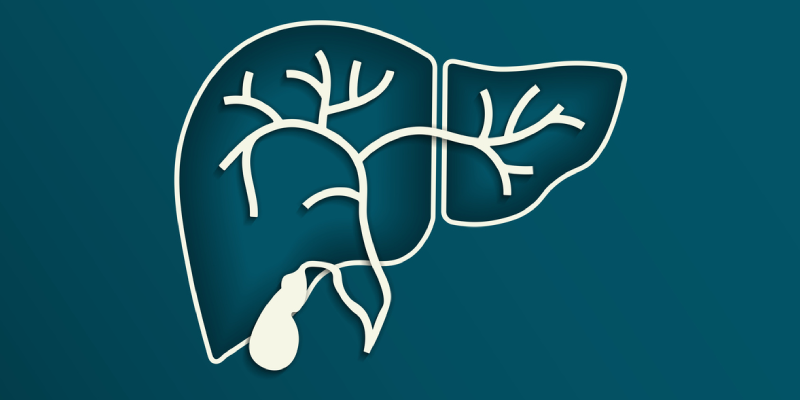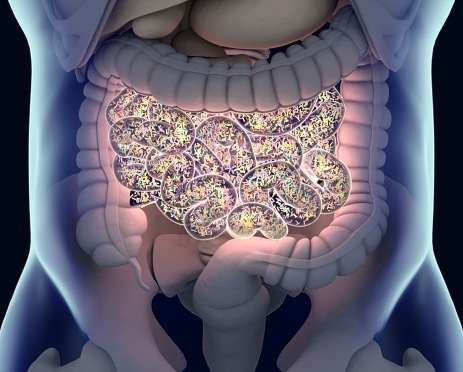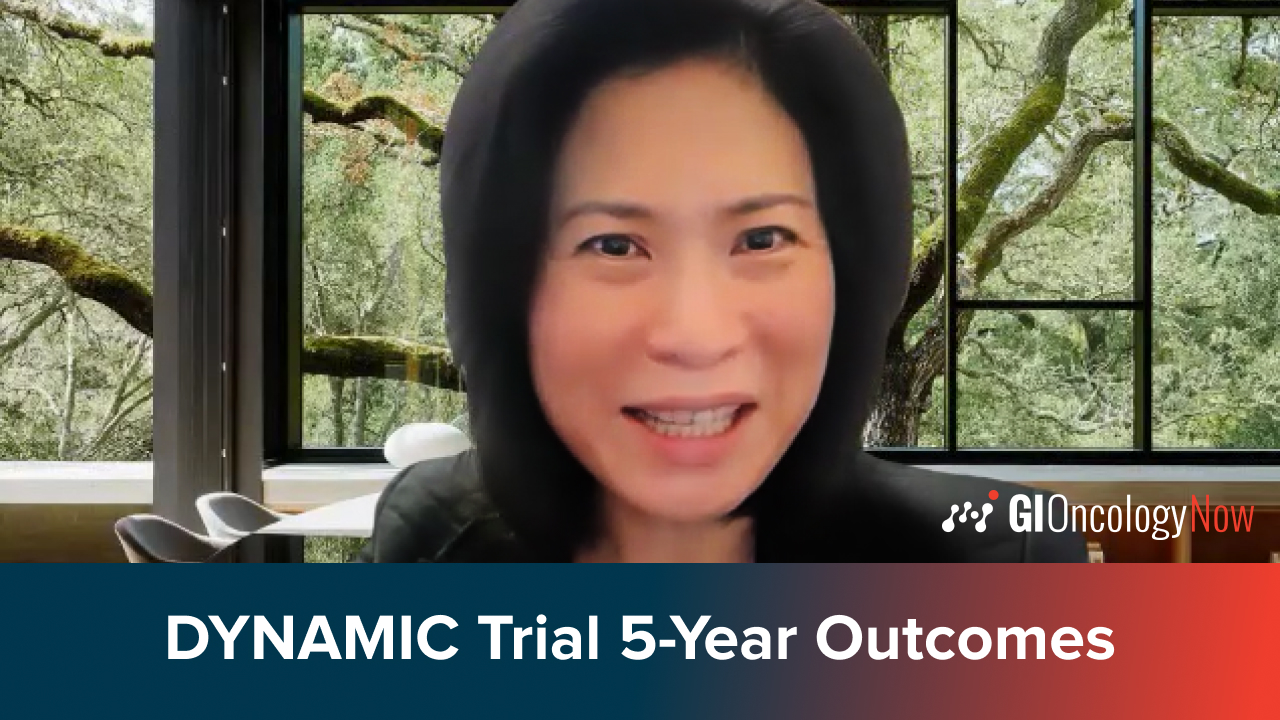TACE Plus Camrelizumab for Treating Advanced, Recurrent, Unresectable HCC
By Fatema Tashrifwala, MD - Last Updated: March 19, 2025Fatema Tashrifwala, MD, Stamford Health, highlights her recent publication in Cureus on TACE plus camrelizumab for patients with advanced, recurrent, and unresectable hepatocellular carcinoma. Dr. Tashrifwala also explains why researchers chose to investigate camrelizumab and details what information is still needed to confirm the efficacy of TACE plus camrelizumab.
Can you explain the previous research related to combining first-line TACE with immunotherapy for intermediate-stage HCC? Why is this treatment strategy being further explored?
Dr. Tashrifwala: Currently, the first-line treatment for hepatocellular carcinoma is transarterial chemoembolization (TACE). However, in recent years, a novel concept has emerged that involves combining TACE with immune checkpoint inhibitors. This approach has gained attention over the past decade, introducing a relatively new strategy in the field.
One notable immune checkpoint inhibitor studied is atezolizumab, though there are several others such as durvalumab, which is also under discussion in ongoing research. When these inhibitors are used in conjunction with TACE, a synergistic effect is observed. This combination demonstrates significant antitumor activity, providing a durable response that contributes to long-term survival of over two years, surpassing the outcomes achieved with TACE alone.
The efficacy and safety of this combined treatment approach have been closely examined, revealing promising results and supporting its potential as a valuable therapeutic option for hepatocellular carcinoma.
Describe the design and methodology of your analysis. Why was camrelizumab chosen as the therapy to investigate?
Dr. Tashrifwala: The methodology of our study adhered to the PRISMA 2020 guidelines, encompassing a systematic review and meta-analysis. We conducted a search across PubMed, Google Scholar, and Cochrane Central Registries to identify randomized controlled trials focusing on liver ATC (anaplastic thyroid carcinoma), new checkpoint inhibitors, and specifically, camrelizumab. The paper includes a detailed account of our search strategy.
Our initial search yielded approximately 1,023 records. Subsequently, duplicates were removed, as some records were duplicated across multiple platforms. Exclusions were made based on relevance to our topic or interest, resulting in the shortlisting of six articles for inclusion in our study. A meta-analysis was conducted on these selected articles, and a quality assessment of the included studies was also provided.







 © 2025 Mashup Media, LLC, a Formedics Property. All Rights Reserved.
© 2025 Mashup Media, LLC, a Formedics Property. All Rights Reserved.